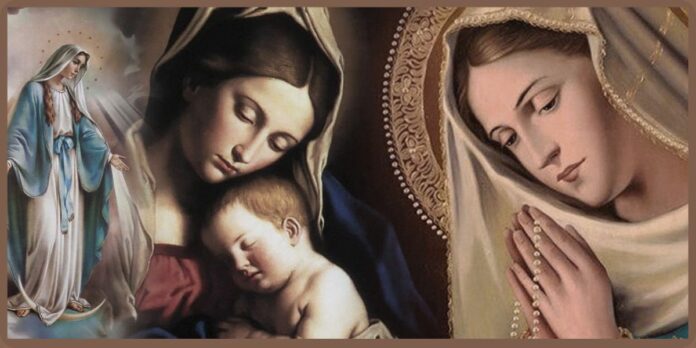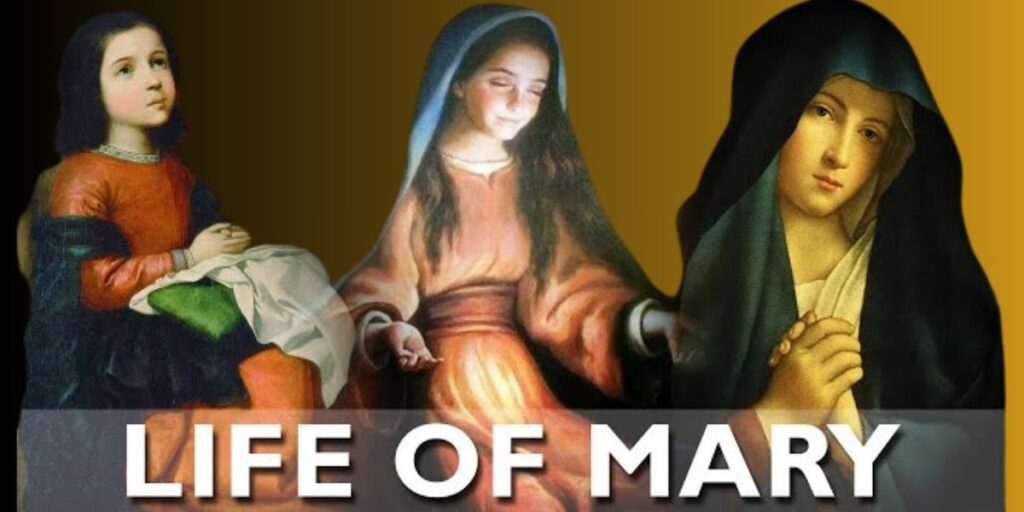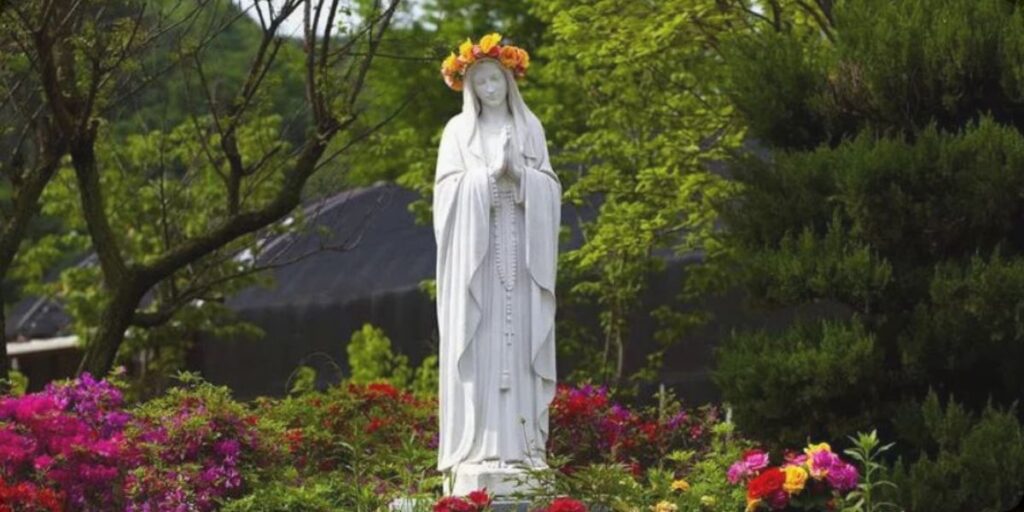Mother Mary, also known as the Virgin Mary, is one of the most revered figures in Christianity and holds a unique and sacred place in various religious traditions around the world. Her life, her role as the mother of Jesus Christ, and her enduring legacy of faith, love, and compassion have inspired billions over centuries. Whether in art, prayer, or literature, Mother Mary’s influence is profound, making her an enduring figure of divine grace.
The Life of Mother Mary
Mary was born into a humble family in Nazareth, a small town in Galilee, during the first century. According to Christian belief, Mary was chosen by God to bear His son, Jesus Christ, through the Immaculate Conception, a divine act that allowed her to conceive without sin. The angel Gabriel appeared to her, announcing that she would give birth to the Messiah. Despite the potential social stigma and personal challenges that could arise from this miraculous event, Mary responded with unwavering faith, saying, “Behold, I am the servant of the Lord; let it be to me according to your word” (Luke 1:38).
Her acceptance of God’s will set her apart as a figure of complete surrender and trust in the divine plan. Throughout her life, Mary showed humility and devotion to God, qualities that resonate with Christians today.
Mother Mary’s Role in Christianity
Mary is central to Christian theology because of her role as the mother of Jesus. As the human vessel through which God entered the world, she embodies purity, obedience, and maternal love. Throughout the New Testament, Mary appears at crucial moments in Jesus’ life, from His birth to His crucifixion, where she stands at the foot of the cross, witnessing His suffering. Her presence during His crucifixion reflects her enduring strength and compassion, offering a model for how to endure sorrow with grace and faith.
Beyond her role in the narrative of Jesus’ life, Mary is also venerated as the spiritual mother of humanity. In Catholic and Orthodox traditions, she is referred to as the “Theotokos,” meaning “God-bearer.” This title acknowledges her unique position in salvation history. Catholics, in particular, believe in Mary’s perpetual virginity, her Immaculate Conception (being conceived without original sin), and her Assumption into heaven. These doctrines elevate her as a symbol of holiness and divine favor.
Mother Mary in Global Devotion
While Christianity holds Mary in the highest regard, devotion to her extends beyond just religious doctrines. Countless apparitions of Mary have been reported throughout history, each reinforcing her role as a spiritual intercessor and protector. One of the most famous of these is Our Lady of Guadalupe, where Mary appeared to an indigenous man named Juan Diego in Mexico in 1531. Her image, left on Juan Diego’s cloak, became a powerful symbol of faith and unity in the Americas, particularly for the oppressed and marginalized.
In places like Lourdes, France, and Fatima, Portugal, apparitions of Mother Mary have drawn millions of pilgrims seeking spiritual healing, guidance, and comfort. These sacred sites are visited annually by believers who pray for her intercession, asking her to bring their needs before God.
Outside of Catholicism, Mother Mary is respected by many within the Islamic tradition as well. The Quran mentions Mary (known as Maryam in Arabic) more times than in the New Testament. She is considered a woman of great virtue and faith, chosen by God to bear the prophet Jesus (Isa). For Muslims, Mary represents piety, modesty, and submission to the will of Allah, reflecting the deep respect she commands across religious boundaries.
Mary’s Iconography and Influence in Art
The image of Mother Mary has inspired some of the greatest works of art throughout history. From Renaissance masterpieces like Michelangelo’s Pietà to Byzantine icons of the Madonna and Child, Mary has been depicted in various forms, embodying both divine grace and maternal tenderness. Her portrayal in art often reflects the cultural values and spiritual ideals of the time, but she consistently represents purity, love, and devotion.
Artists like Raphael, Leonardo da Vinci, and Caravaggio immortalized her in their works, focusing on different aspects of her life—her humble acceptance of the angel’s message, her nurturing role with the baby Jesus, and her sorrow at the foot of the cross. These artistic depictions have helped to shape the image of Mary in the popular imagination, making her a universal symbol of motherhood and mercy.
Mother Mary’s Legacy Today
In the modern world, Mother Mary continues to be a source of comfort, inspiration, and devotion for many. Countless prayers, hymns, and devotions are dedicated to her, including the widely known Hail Mary and Rosary, where the faithful meditate on the life of Christ through the eyes of His mother. These practices help millions connect with her on a personal level, invoking her intercession in times of need.
Her example of humility, compassion, and unwavering faith offers a model for people to strive toward, regardless of their religious background. Mary’s acceptance of her role, her quiet strength in the face of suffering, and her nurturing presence continue to inspire individuals to live with grace, humility, and love.
Conclusion
Mother Mary is more than a religious figure; she is a timeless symbol of maternal love, faith, and selflessness. Her life and legacy continue to resonate with people from all walks of life, reminding us of the power of faith in the face of adversity and the strength that comes from trusting in a higher purpose. Whether through prayer, art, or personal reflection, Mother Mary’s influence endures, offering solace and guidance to those who seek her intercession and love.




